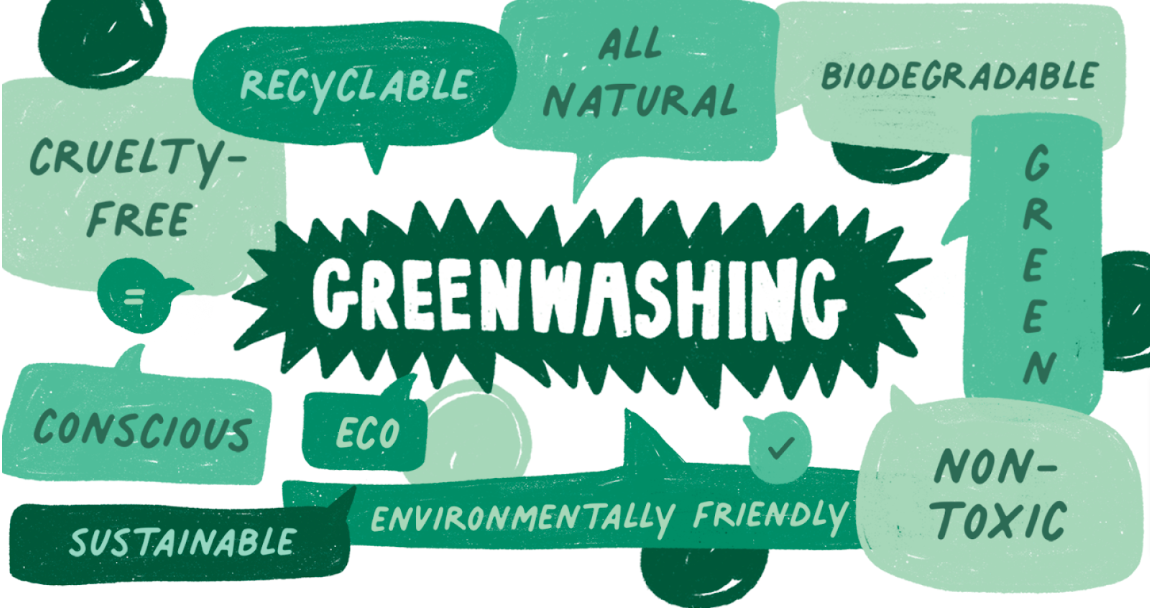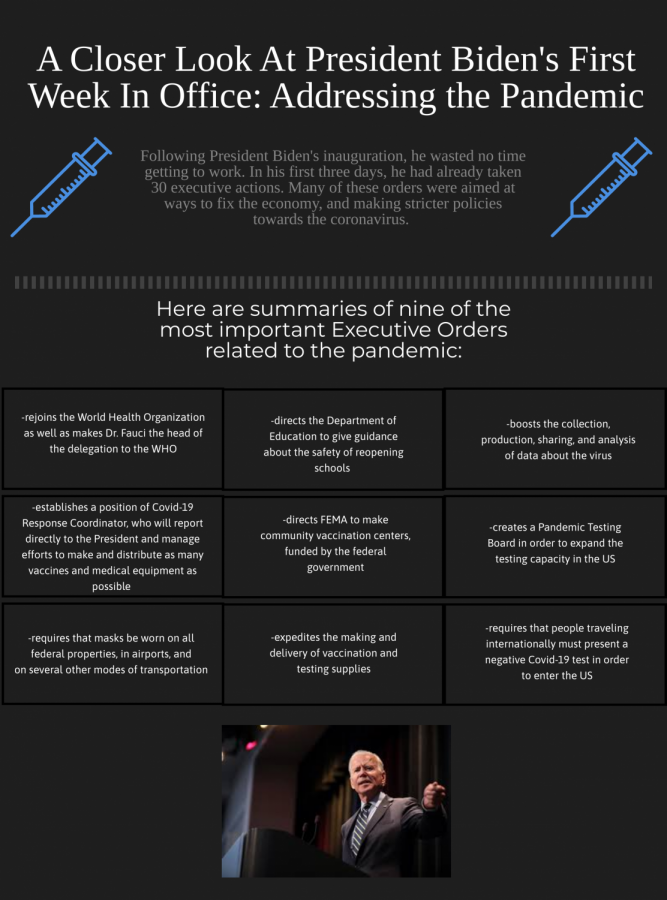[ot-caption title=”Children’s toys are now being made with increasingly advanced technology; but, will these toys effect our children’s imaginations? (via Ava Goldstone, sophomore).”]
A little girl sat in her room all by herself except for twenty dolls lined neatly against the wall. School is the game, and a six year old me is the teacher. There’s Marlie, my secret favorite who eats lunch with me, Amy, the quiet nice girl, and Abbie, who is incredibly smart. We talk for hours. Or, I guess more accurately, I pretend that we talk for hours.
A huge part of my childhood was imagination. I played with my dolls probably until it was a little bit strange for me to be doing so. That didn’t matter to me, though, because it was the first way I could be creative. I could give my baby dolls any personality I wanted. Maybe they liked strange hobbies or came from exotic places. It was a way for me to learn to empathize with others whose lives were far different from my own.
The toys we play with as children have a huge effect on the way we behave. I am still the same creative person I was at five years old, but now I’ve learned to use that creativity differently. Some toys, however, could affect children in a negative way, inhibiting the way they think.
In 1996, the Tomagachi toy was invented in Japan. This egg shaped electronic device allowed kids around the world to “take care” of a virtual pet. By feeding and caring for it, the pet would live happily. If not cared for, however, the pet would soon die. Children quickly found a liking to this small piece of technology; they even became obsessed. Junior Hannah Cohen remembers this toy with a nostalgic smile, “Oh my God. I loved that toy. It became something I had to check on so frequently that my mom had to take it away! When I got it back and my pets had died; I remember being devastated.” She laughs telling me the story, but here lies the problem. Those feelings of love and affection for something that is not real can be dangerous. With today’s technology, these problems are being heightened.
In November, Mattel will release a Barbie with the ability to communicate with her consumers. With complex technology, this doll will not only be able to respond to a child’s questions and thoughts, but remember them as well. In an interview with the New York Times, this Barbie’s creators explain the process. “The writers marked important questions with ‘‘flags,’’ and this enabled Hello Barbie’s most unnerving power: She could remember the answers and use them for conversation starters days or weeks later. ‘She should always know that you have two moms and that your grandma died, so don’t bring that up, and that your favorite color is blue, and that you want to be a veterinarian when you grow up,’ Wulfeck said.”
It seems like Barbie has all the necessary skills to make a good friend. In fact, she seems rather like the perfect friend. She will always listen, always have a response, and never say the wrong thing. There’s only one piece Barbie is missing: she is not real. Will young kids be able to distinguish a doll from a human? Psychology teacher Ms. Alexanderson sees the danger in such a toy, explaining. “Kids between ages 3 and 8 a lot of times believe that their dolls or blankies or whatever they are attached to have feelings. If they are going to release something like this, there is going to be a needed push for parents to sit down and explain to their kids how this is not a real person; this is a toy. However, you and I both know many parents are not going to do that.”
Another concern with a toy that can talk is a loss in creativity. In some ways, this Barbie has its own consciousness. She has a name and a background, things she likes and dislikes. Playing with dolls in large part is about imagination. The child is usually able to decide all of these things that Barbie already has programmed. What will be the result of a child never using this imaginative portion of the brain?

The Pine Crest community believes in using the power of technology for good. In the lower school, kids are already beginning to “tinker,” building and interacting with their own robotic toys. A concern of people who did not grow up with all of this technology is that interacting with so many computerized things at such a young age is inhibiting certain brain stimuli. Mr. Delgado, innovation specialist in the iLab, understands the concern, but feels strongly that the iLab is having the opposite effect. “With new technology, a lot of the students are not doing hands on stuff anymore because it’s all digital. We have to move back a little bit and let them interact with technology through hands on process. Curiosity creates a new way of thinking: innovation. They not only see what’s in front of them but they actually have to build it to get to that point.” There may be different portions of the brain being used in the iLab, but the creativity required to imagine something and then to build it is a remarkable skill.
So, perhaps change is not a bad thing. The use of technology in children’s toys may be raising a more mature and more aware generation of adults. In truth, the effects of robotic toys on a child’s growth is unknown for now. However, the essentials of being a child remain the same.
Somewhere around the world, a little girl sits, talking to her doll. But in this case, the doll is talking back.
Sources: Tomagachi Friends, New York Times

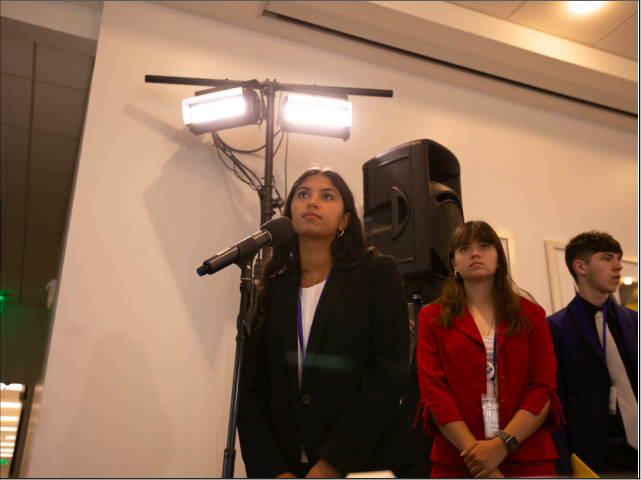















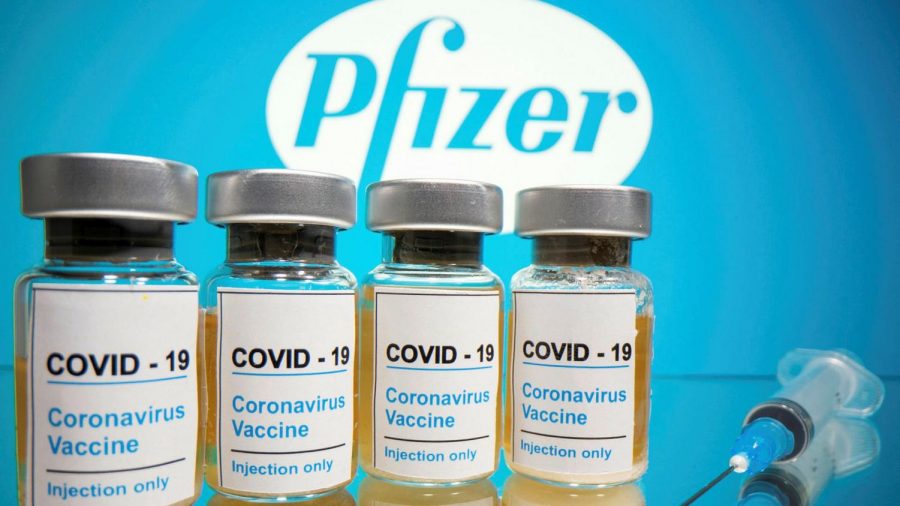





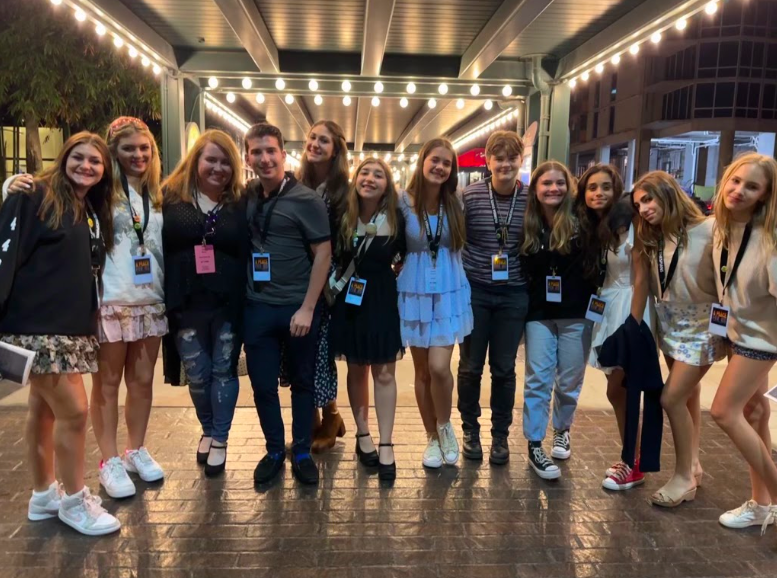

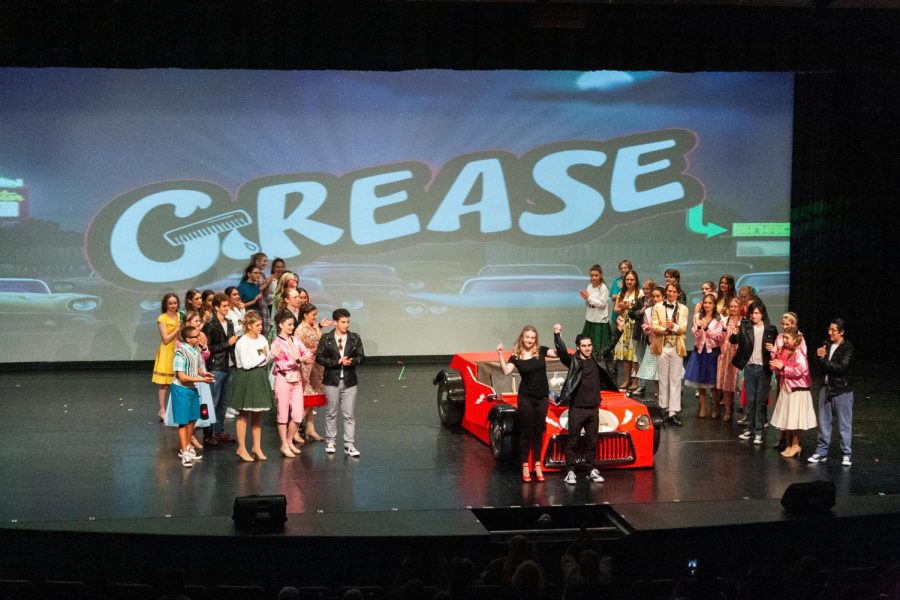






![Stranger Things 4: What to Expect [Warning: Contains Spoilers]](https://pcpawprint.com/wp-content/uploads/2021/11/StrangerThings4-900x473.jpeg)






